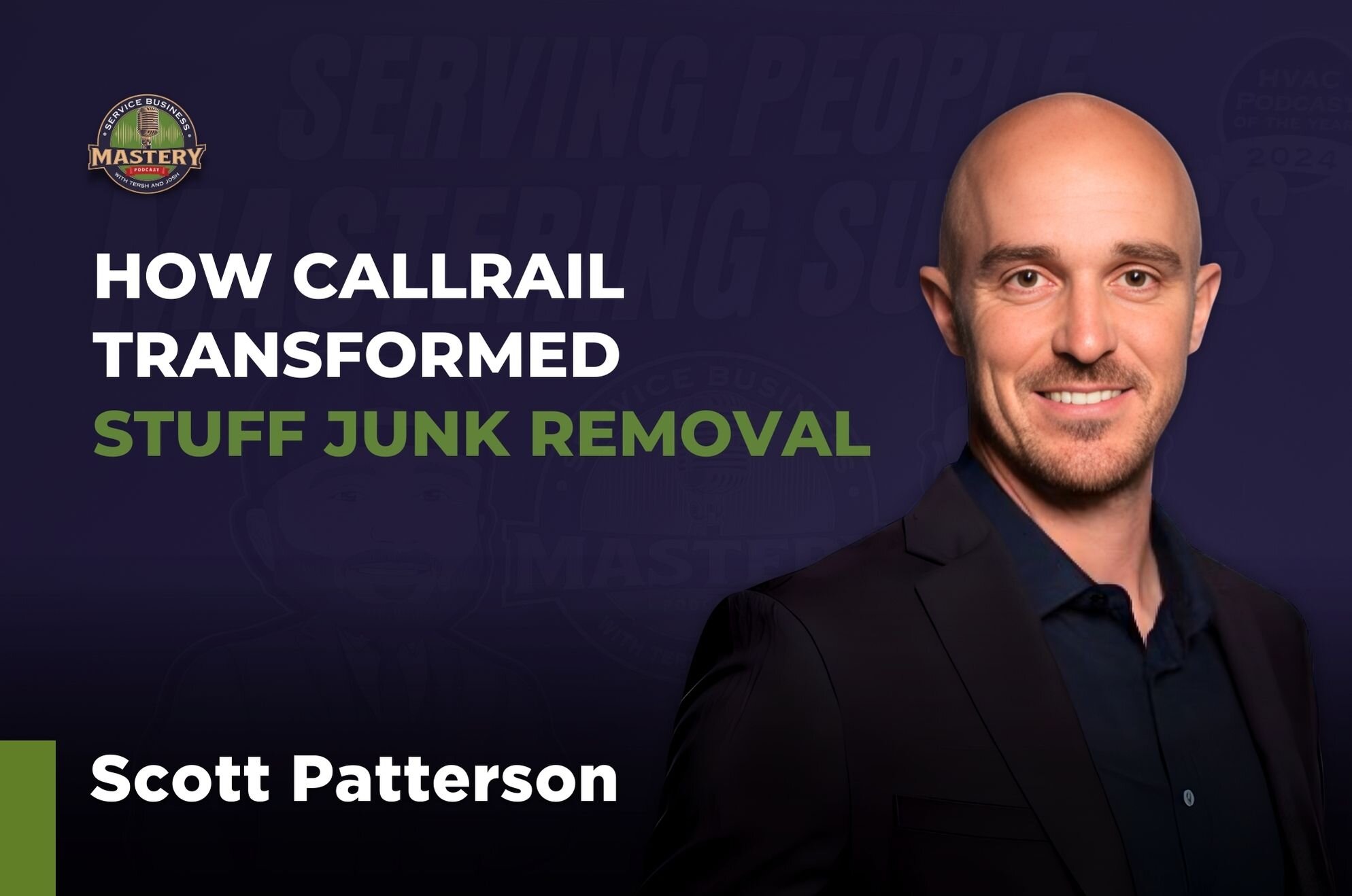Lead nurturing is an essential marketing strategy to turn leads into customers. By nurturing leads throughout the buyer’s journey, businesses can engage their target buyer through content marketing, social media, and other vital marketing tactics. Often, when you initially engage with a lead, he or she may not be ready to buy. Lead nurturing becomes an effective way to continue the conversation with your leads so they remain interested in your product or service, and they are eventually ready to purchase. Your business will be top of mind when a lead is ready, thanks in large part to your lead nurturing strategy.
What is lead nurturing?
Lead nurturing is the process of engaging leads throughout the buyer’s journey by educating them on the value of your product or service and how it can help them achieve their goals. As leads move through the stages of your funnel, they’ll need additional information, insights, and understanding to be ready to purchase.
Lead nurturing can take many different forms, depending on the sophistication of your tactics. According to Databox, the most widely used form of lead nurturing is email marketing, followed by social media retargeting, display retargeting, and search retargeting. But lead nurturing can take many forms outside of email marketing and retargeting. Let’s walk through a few ways your business can utilize lead nurturing.
If your business is reliant on phone calls as a channel for leads, implementing call tracking in your lead nurturing strategy is a no brainer. If you’re not tracking every interaction with leads, you could be missing out on key insights and a basic understanding of which channels bring you the most qualified leads.
Lead nurturing tactics to include as part of your mix
The old standby, email marketing, has experienced something of a renaissance now that CAN-SPAM, opt-in regulations and marketing automation technology have evolved. Email marketers now have the ability to focus on relevancy, segmentation, and deliverability. Despite that improved deliverability methods and targeting abilities, email marketers still face an uphill battle when trying to nurture prospects.
Email marketers have to deal with subscriber engagement, competing messages, and of course, flooded inboxes. The noise makes it seemingly impossible to reach your prospects to effectively nurture them through to becoming paying customers. Translating your business goals into trackable, actionable metrics is key to email marketing success.
Here are some metrics that tell you the general health of your email campaigns. Below those, are the metrics that actually impact your business, and should be the primary ways you decide if your email nurturing is effective or not.
- Deliverability Rate: If your emails are not getting through to your prospects, this would be revealed in your deliverability rate. A high deliverability rate means your lists are clean, and you don’t have many bad email addresses on it.
- Bounce Rate: This speaks more to the health of your email list, how clean it is, and the quality of your landing page. A high bounce rate lets you know you might have to send out more targeted emails that resonate with your prospects.
- Open Rate: Directly related to the quality of your message, starting with your subject line. A subject line that doesn’t grab your prospect’s attention immediately is likely going straight to their trash bin, and maybe even their spam folder.
- Share Stats: Forwards and recommendations are great talking points and let you know that you’ve created a compelling message. But in the end, if they aren’t turning into leads and sales, they are just vanity metrics.
Here are even better metrics to go after:
- Form Completion Rate: Your form’s completion rate gives you insight into your campaign’s strengths and weaknesses. A low completion rate might mean your content isn’t persuasive enough, your list isn’t targeted properly or even that your form might be too long.
- Acquisition Rate: The percentage of your leads that turn into actual sales is one of your most important metrics. Driving a high number of leads that aren’t sales-worthy might mean your lead quality is low, or that your marketing message isn’t fine-tuned enough to attract the type of leads that will convert for you.
- Site Conversion Rate: Some of your prospects are undoubtedly converting on your site after an earlier campaign ‘touched’ them. A seemingly unsuccessful email campaign might actually drive leads post-email so it’s important to have deep tracking in place.
- Customer Acquisition Cost: The cost of acquiring a new customer is very valuable. Your CAC tells you how much you can afford to spend on your marketing and sales initiatives and still reach your target ROI. Tactics that overlap so it’s important to track and attribute properly can dilute your CAC.
Optimize your website for lead nurturing
An often neglected part of lead nurturing is the one that happens directly on your website. Optimizing the prospect and customer journeys that happen on your site, or in-app, are pivotal to nurturing leads through to conversions (ie paying customers).
There is one thing you can do to ensure you maximize your website’s lead generation capabilities and beat your online competition: create compelling, valuable content.
Compelling content
Building out content for your site is a surefire way to increase your inbound leads and grow your organic traffic. The challenge (besides bandwidth of course) is making sure the content you create actually drives leads and sales and isn’t just fluff.
While it can be a challenge to decide where to start with your content strategy, dedicating a few hours a month to creating compelling new content can add real value to your online lead efforts. Here are just a few foundational places to start, which should help get you moving in the right direction.
Product pages
Build out your product landing pages. Do you have a dedicated page for each of your products? If a prospect is searching for your latest offering, can he or she (easily) find a page designed specifically for that product? Well-built product pages are an easy way to generate traffic to your site, increase your online leads, and close more deals.
When building your product pages, keep them simple and clean. Include product images, optimized title tags that include the product name, specific features and copy that calls out elements like pricing and ‘best-selling’ features (highest rated, lowest cost, sale price, customer satisfaction, etc.). Once you have your basic product page template in place, it is easy to build out new pages for products as you grow.
Create urgency
Nothing incentivizes prospects more than the fear that they might lose out on a deal. Create a sense of urgency on your site with language and elements that suggest a promotional price may be ending soon, or that you may only have a few of their chosen products left in stock. You can even add a countdown clock for an added urgency element. Use words like: limited time only, special price, one-time only, etc. to drive the point home.
Leverage bots and live chat
Use a bot to automate your online lead generation. Companies like Drift, Intercom and LiveChat can help you customize your prospects online experience by serving them targeted messages that align with their online activity. If they’ve visited your pricing page, you can use that signal to invite them to chat with your sales team. If they spend time on your blog, you can offer them more curated content - automatically.
You can also add a live chat option to your site. There are several free and low-cost tools available, and all will be customizable to allow you to add in your own automated responses and brand colors. Moreover, a chat option, much like a bot, can also allow your website to work outside of typical business hours by capturing lead messages at whatever time they are sent.
Simple Contact Options
Make sure your contact options are easy, and short. Make your phone number large and easy to spot. If you use contact forms, be sure you ask for little info as possible from your prospect to maximize your form completions. (Do you really need to know how many people work at their company or what state they live in with their very first form completion? Or, can you make do with their name, phone number and email?) The more info you ask for, the fewer leads will come into your pipeline.
Easy Demo Scheduling
Can your current prospects set a calendar appointment directly through your website, or do they need to call your sales team to do so? Make it easy for them to schedule a demo right through your website. You’ll save both your customer’s time, your team’s time, and boost demo requests.
Best call tracking tips for lead nurturing
1. Determine where phone calls fit in your lead nurturing journey
Phone calls are a pivotal way to convert prospects to customers. Since phone calls require a 1:1 connection between a prospect and a member of your sales team, it would be difficult to automate this at the beginning of your lead nurturing process. Throughout the journey your leads go on with your business, you will likely not convert 100 percent of the leads you begin interacting with. But once your leads are closer to purchasing, you can focus your sales team’s attention on those high-quality leads that are more likely to become customers. This saves time for your sales team and ensures they’re not wasting their time on unqualified leads.
Similarly, you should make sure your lead is familiar with your business before you pick up the phone to reach out to them. If your lead nurture started with a phone call, the lead may not be familiar with your brand yet. Phone calls should be reserved for reaching out to leads once they’ve been “warmed” with your multi-touch nurture approach. You want your sales team to offer personalized, relevant information when calling a prospect, so as a “first-touch”, a phone call to kick off a nurture may be too soon.
If your target call-to-action is for a prospect to pick up the phone to reach your business, you must include phone numbers in your multi-touch lead nurture. Without tracking calls to your business, you won’t know exactly which marketing effort caused the lead to reach out to convert. When running email campaigns, social media campaigns, paid advertisements, and offline ads, call tracking can help you understand which channels and keywords bring you your most valuable customers.
2. Following up
Your follow up strategy can make or break whether you convert your lead. If a lead expresses interest in learning more about your products or services, whether that’s a phone call or a form submission to your business, following up in a timely manner is critical. If you don’t follow up with a phone call to schedule an appointment, book a demo, or answer questions, your lead may reach out to another business, and you lose the chance to convert.
Does the prospect not engage with your first follow up? Make sure you schedule follow up communications so no prospect slips through the cracks. Your follow up cadence can dramatically impact and improve your conversion rate from lead to customer.
3. Converting efficiently on the phone
Once you get a prospect on the phone from your lead nurture strategy, you have to make sure you’re converting. Missed calls, straight to voicemail, and no greeting are ways that leads will abandon before they convert. But how do you know your sales team is converting efficiently over the phone?
Listening to calls is a great way to understand what works in converting phone leads. Analyze conversations for certain words or phrases, said by either the lead or a salesperson, that contribute to conversion. Listen to calls by your best salesperson, and use that as a script when you’re training new salespeople on the phone.
Getting leads to call your business is a leading indicator of sales, but you don’t want to drop the ball once you get them on the phone. With a call tracking system set up to track and analyze lead quality and conversations, you can better understand and optimize your lead nurture strategy.












